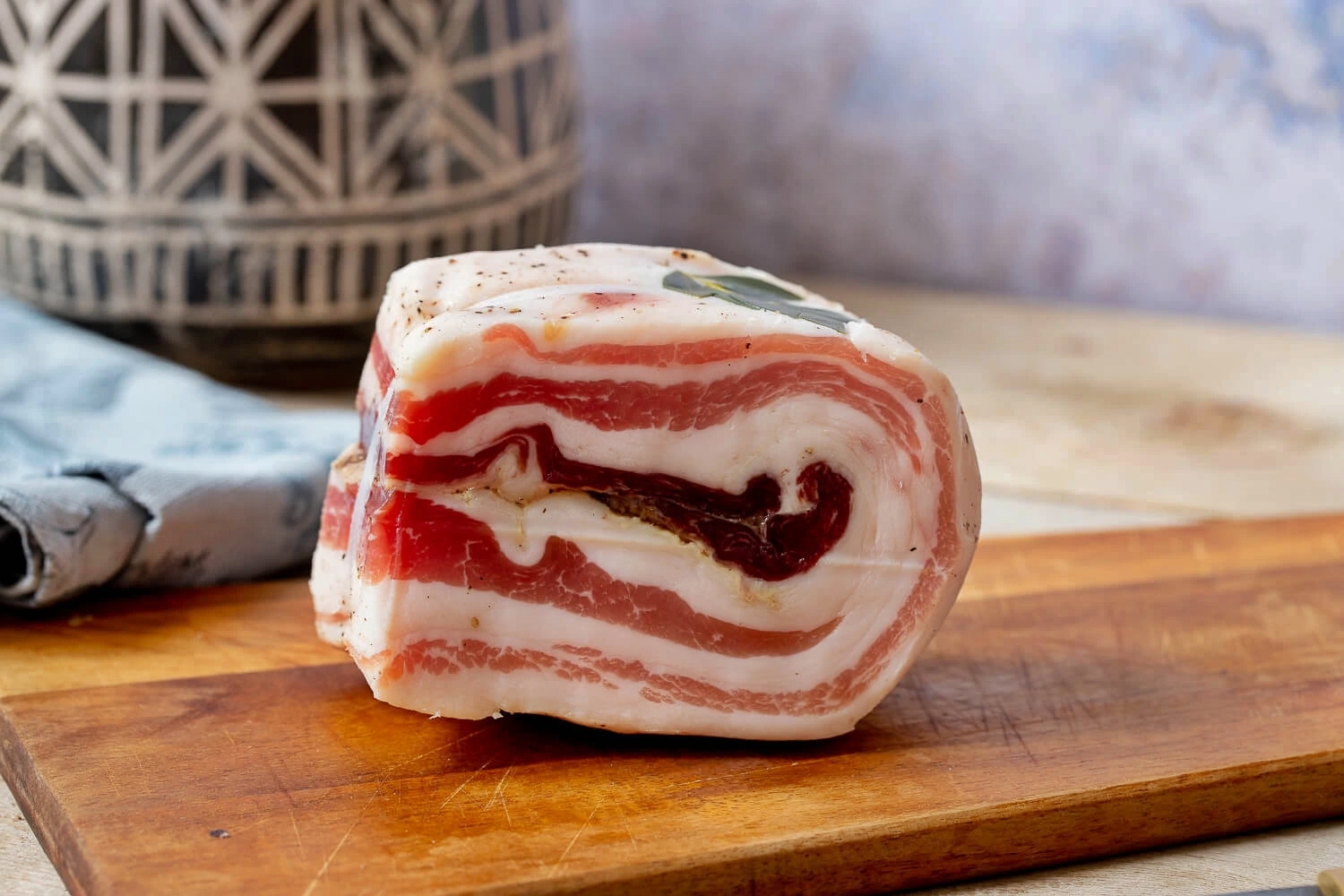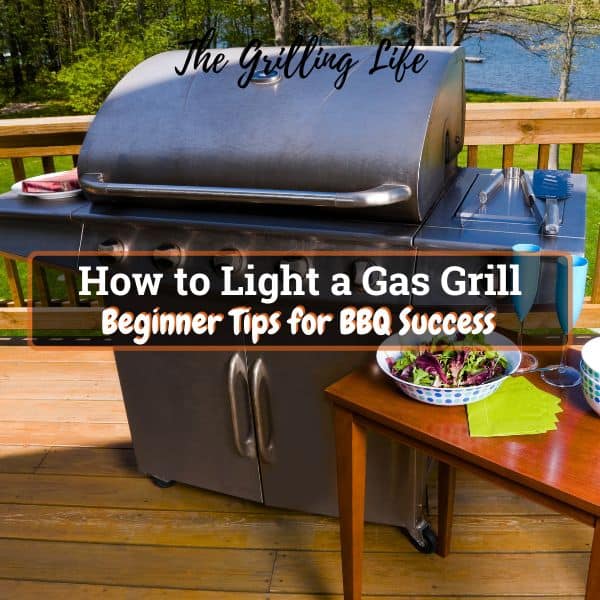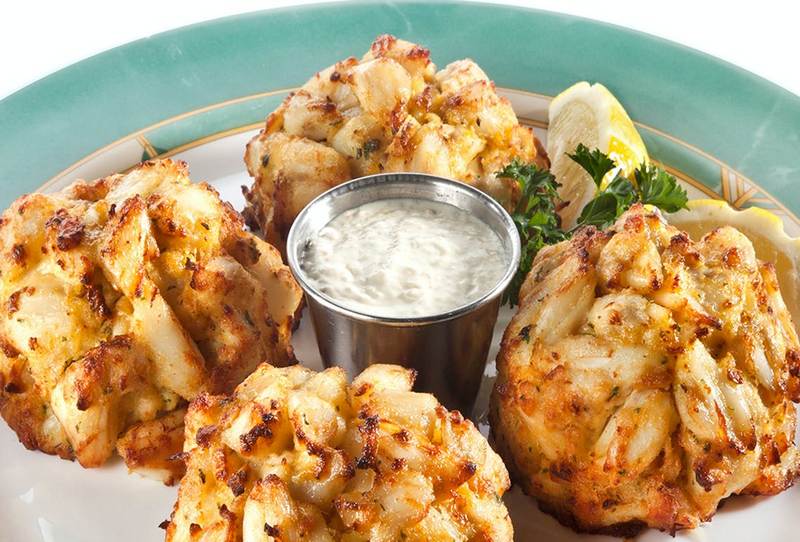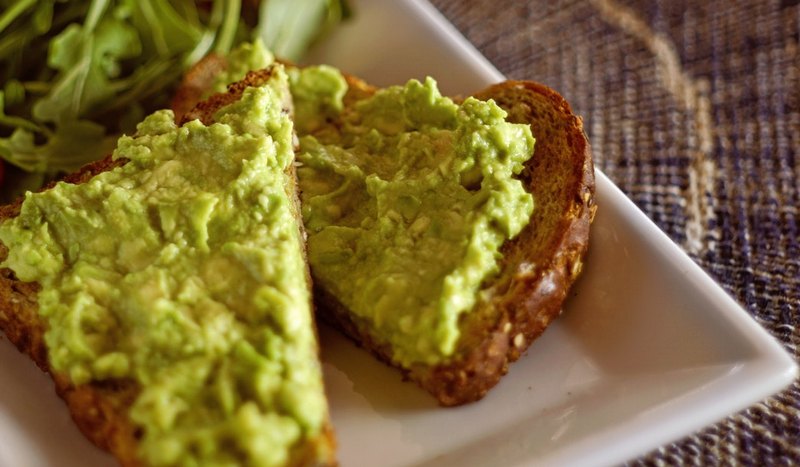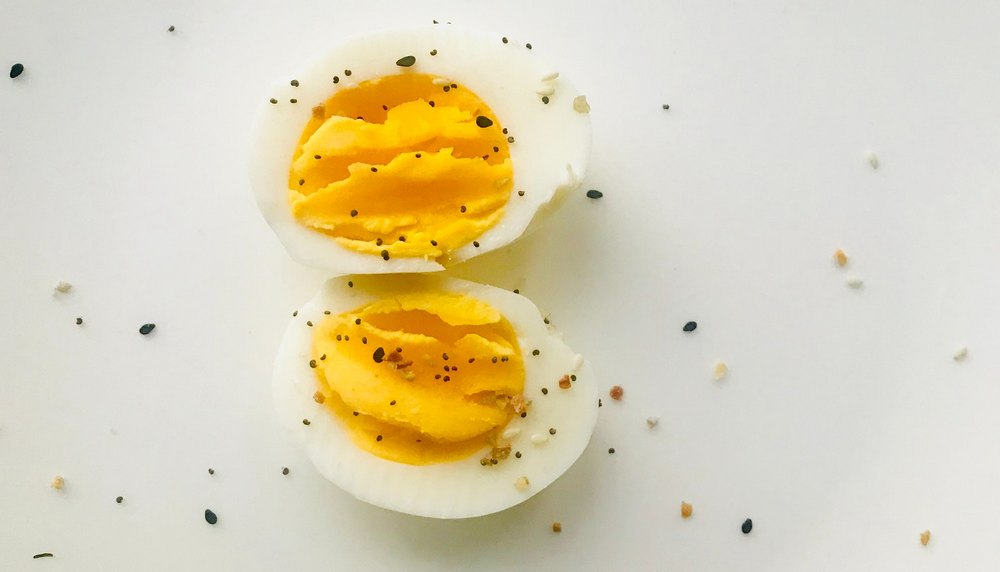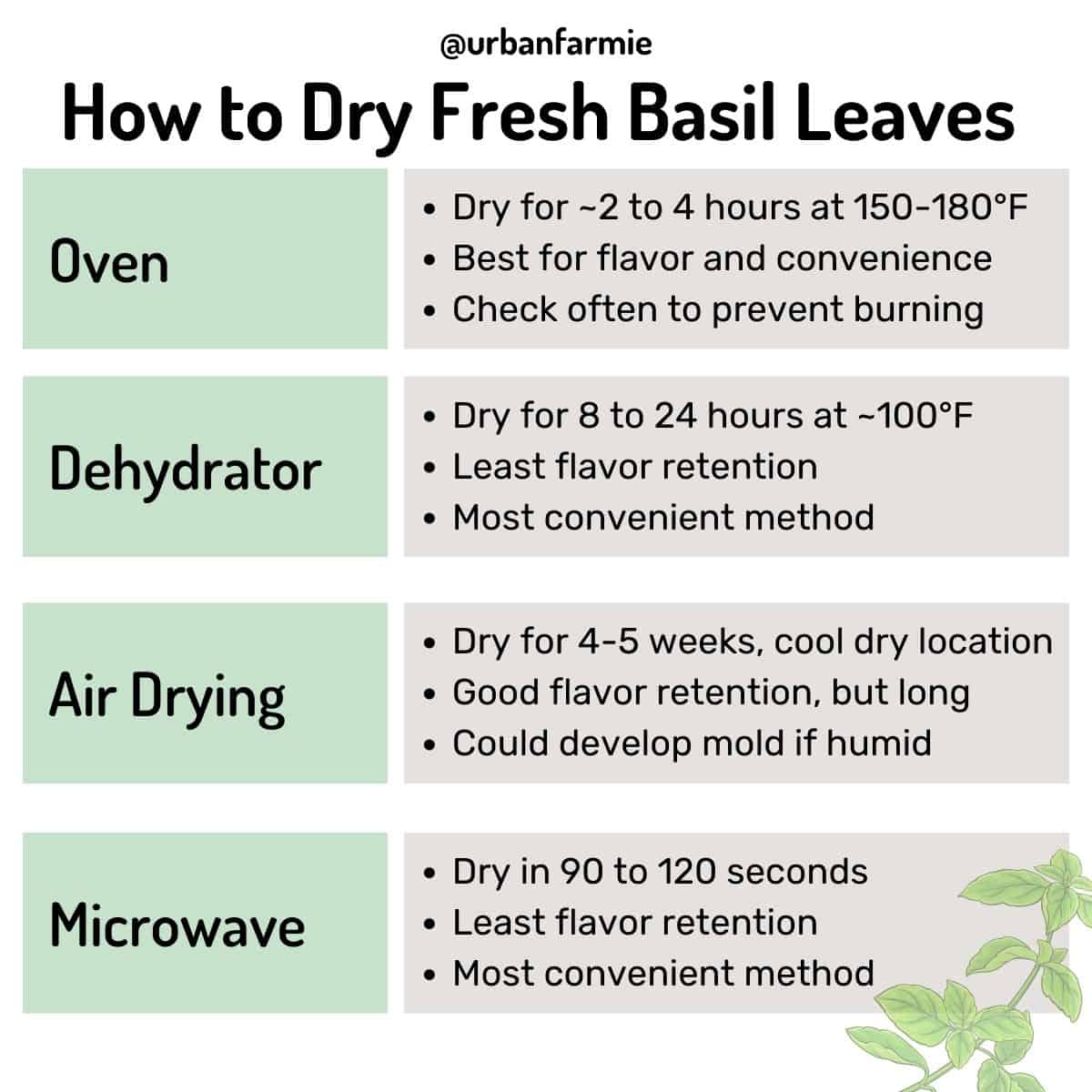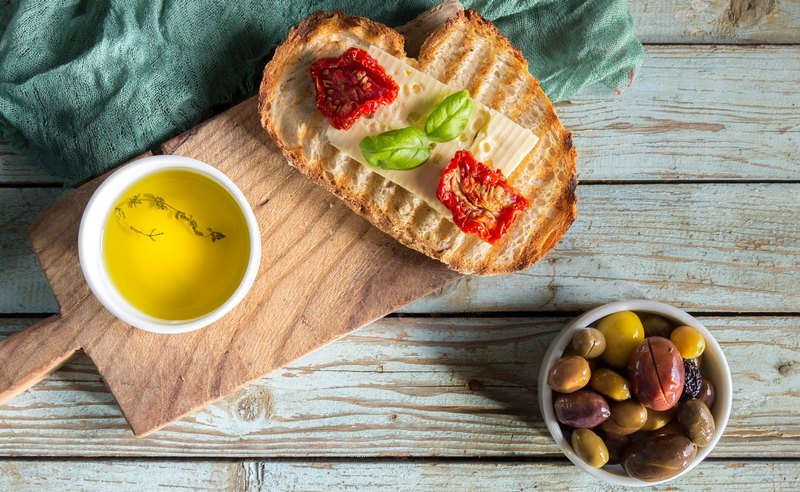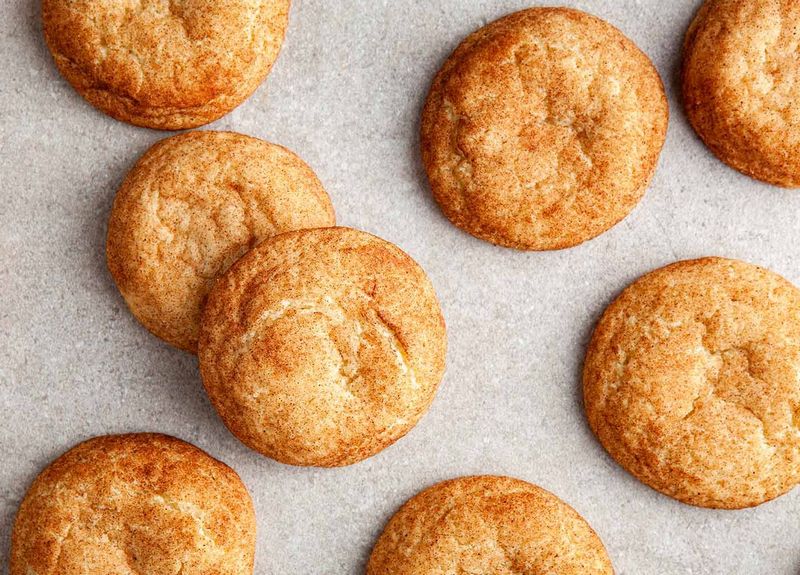A Savory Delight: The Perfect Substitute for Pancetta
1. Mushrooms
2. Coconut bacon
3. Parmesan cheese
4. Smoked paprika
5. Anchovies or anchovy paste
6. Prosciutto
7. Guanciale
8. Olives
9. Tofu (marinated and cooked)
10. Bacon (watch the amount of fat and adjust as needed)
